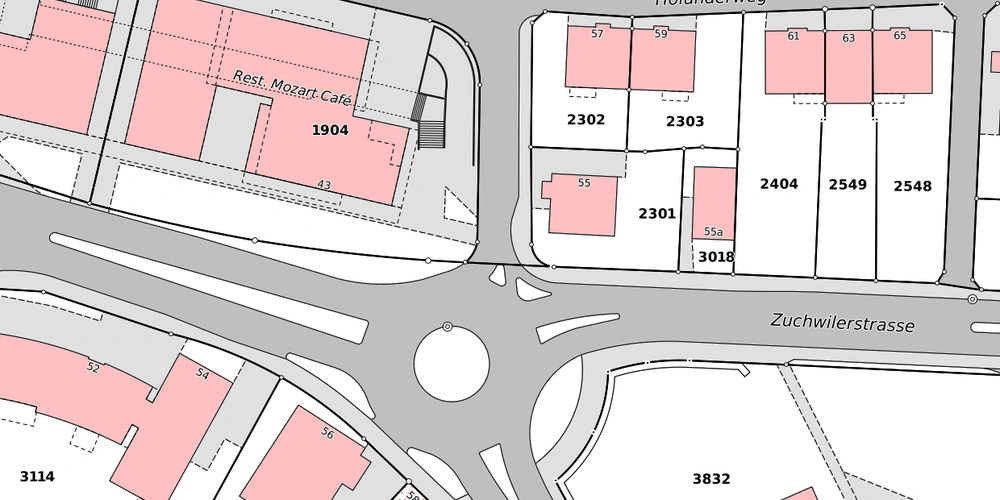Project: QGIS
Version: 2.10.0
QGIS 2.10 has a new geometry engine. In general you won't see many differences on the user interface yet, but this lays the foundation for a much richer set of geospatial capabilities that we will be able to support in the future. The new implementation supports curved geometry types (so for example you can represent a traffic roundabout as a circle rather than a segmented polygon made to look like a circle) and has backend support for z/m values in geometries. To use curves in QGIS you will need to use PostGIS or a similar datastore that is able to express curvilinear geometries. If you want to have a play you can try a simple exercise like this in your PostGIS database:
-- Table: curves
DROP TABLE curves;
CREATE TABLE curves
(
id bigserial NOT NULL,
geometry geometry(CURVEPOLYGON, 4326),
name text,
CONSTRAINT p_key PRIMARY KEY (id)
);
insert into curves values (
1, st_geomfromtext(
'CURVEPOLYGON(CIRCULARSTRING(1 1,1 2, 2 2, 2 1, 1 1))', 4326), 'test');
Then add the layer curves to your project.
This feature was developed by: Marco Hugentobler (Sourcepole AG)
This feature was funded by: Kanton Solothurn, Switzerland
